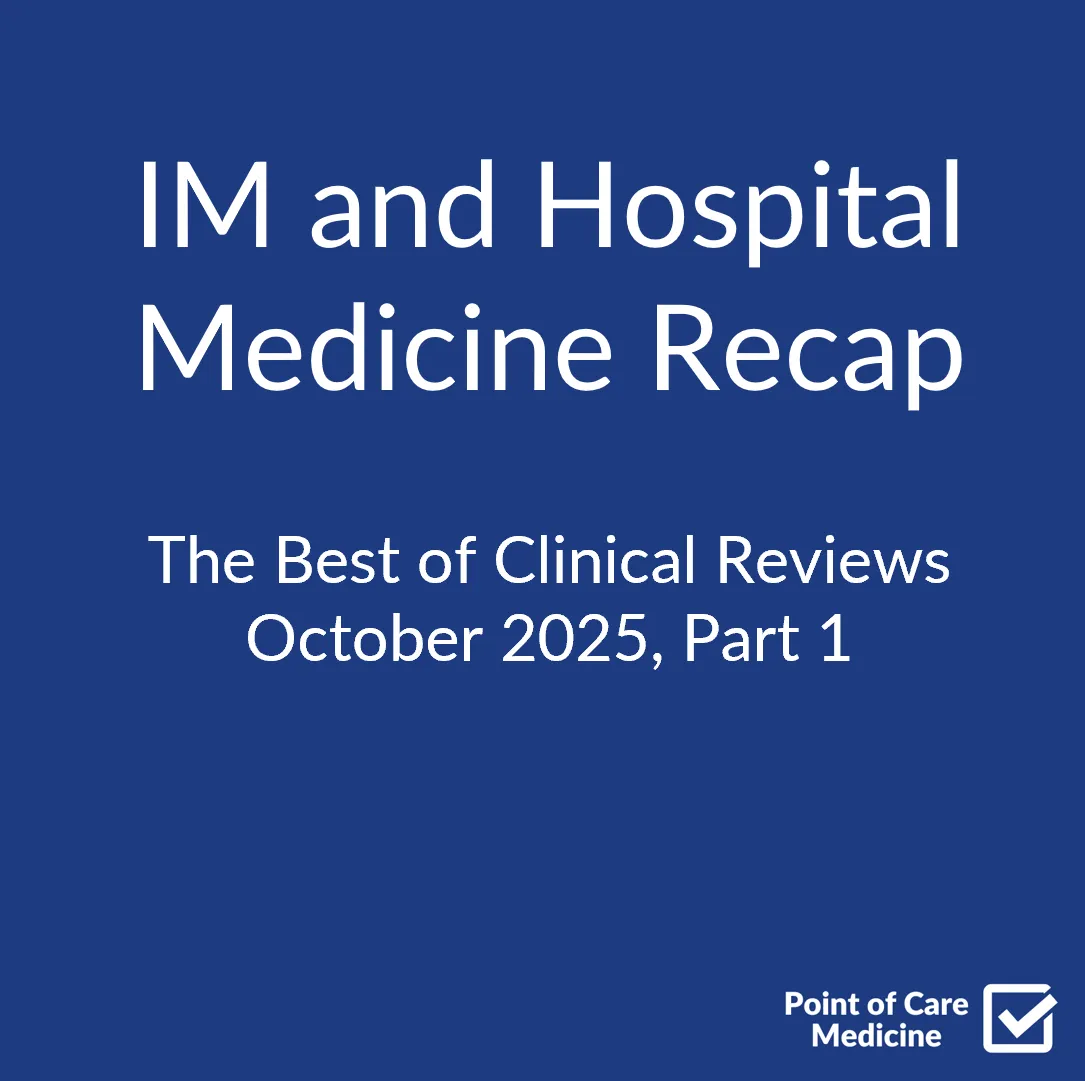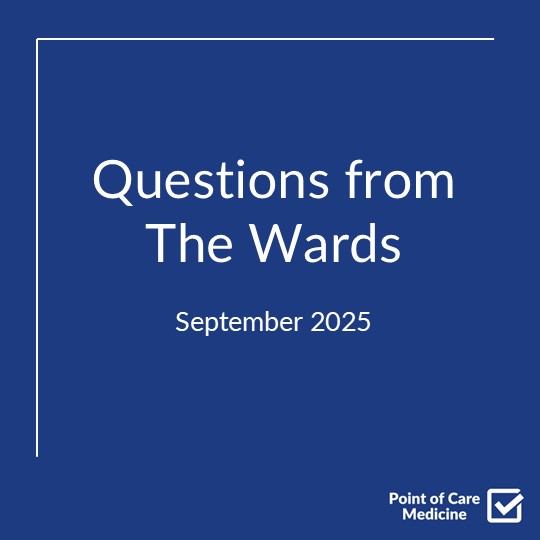Audio
Video
1. The diagnosis of primary hypothyroidism is established by a high TSH level followed by a low free T4 level; T3 testing has no role in the initial diagnostic workup.
The hypothalamic-pituitary-thyroid (HPT) axis operates on a sensitive negative feedback loop, making the serum thyrotropin (TSH) level the most reliable initial test for suspected primary thyroid dysfunction. When the thyroid gland fails, the pituitary gland compensates by increasing TSH secretion, often before free thyroxine (fT4) levels fall below the normal range. Therefore, an elevated TSH should prompt measurement of fT4 to differentiate overt hypothyroidism (high TSH, low fT4) from subclinical hypothyroidism (high TSH, normal fT4). Measuring anti-thyroid peroxidase (TPO) antibodies can confirm Hashimoto thyroiditis as the autoimmune etiology but is not necessary to initiate treatment. Triiodothyronine (T3) levels are often maintained until hypothyroidism is severe and should not be used for diagnosis as they can be misleading.
2. Initiate levothyroxine at a full replacement dose (1.6 mcg/kg/day) in young, healthy patients, but start with a low dose (25-50 mcg/day) in patients older than 65 or those with known coronary artery disease.
The goal of treatment is to normalize TSH without inducing iatrogenic thyrotoxicosis, which can precipitate cardiac events. For most adults, using the actual body weight to calculate a starting dose of 1.6 mcg/kg/day is appropriate. However, in elderly patients and individuals with cardiovascular disease, a conservative starting dose of 25 to 50 mcg daily is crucial to avoid increasing myocardial oxygen demand, which could trigger angina or arrhythmias. Regardless of the starting dose, the TSH level should be rechecked in 6 to 8 weeks to allow for equilibration to a new steady state, with dose adjustments typically made in increments of 12.5 to 25 mcg until the TSH is within the target range.
3. Myxedema coma is a life-threatening emergency that requires immediate IV stress-dose glucocorticoids followed by IV levothyroxine and ICU admission.
Myxedema coma is a state of severe, decompensated hypothyroidism characterized by the classic triad of altered mental status, hypothermia, and a precipitating event (e.g., infection, MI). It carries a mortality rate of up to 30%. Management must be initiated immediately upon clinical suspicion without waiting for laboratory confirmation. The critical first step is administering IV hydrocortisone (e.g., 100 mg every 8 hours) to empirically treat potential concomitant adrenal insufficiency (Schmidt syndrome). This is immediately followed by an intravenous loading dose of levothyroxine. Supportive care in an ICU setting - including passive rewarming, mechanical ventilation for hypercapnic respiratory failure, and careful management of hyponatremia and hypotension - is essential for survival.
4. The absorption and metabolism of levothyroxine are significantly affected by numerous medications, requiring careful medication review and patient counseling.
Effective levothyroxine therapy depends on consistent absorption and metabolism. Several common medications can interfere with this process. Decreased absorption is caused by binding agents like calcium carbonate, iron sulfate, and phosphate binders, as well as acid-suppressing medications like proton pump inhibitors. Patients should be instructed to separate levothyroxine administration from these agents by at least four hours. Other drugs, including phenytoin, carbamazepine, and rifampin, induce hepatic enzymes and increase the metabolic clearance of thyroxine, often requiring a higher dose. Always consider medication interactions in a patient with a previously stable TSH who develops new abnormalities.
5. Over- and undertreatment with levothyroxine are common and associated with significant cardiovascular morbidity and mortality.
Achieving and maintaining a euthyroid state is critical, as deviations in either direction have serious consequences. Overtreatment, resulting in a suppressed TSH, is a significant risk factor for developing atrial fibrillation and can lead to decreased bone mineral density and an increased risk of fractures, particularly in postmenopausal women. Conversely, undertreatment with a persistently elevated TSH is associated with worsening dyslipidemia, diastolic hypertension, and an increased risk of adverse cardiovascular events and cardiovascular mortality. This underscores the importance of annual TSH monitoring once a patient is on a stable dose to prevent these iatrogenic complications.
6. While primary hypothyroidism is most common, central hypothyroidism should be suspected in patients with low fT4 and an inappropriately normal or low TSH.
Central hypothyroidism results from pituitary (secondary) or hypothalamic (tertiary) disease, accounting for less than 1% of cases. In this condition, the TSH level is an unreliable marker of thyroid status. The diagnosis should be considered in a patient with hypothyroid symptoms and a low or low-normal fT4 in the absence of an elevated TSH. This clinical scenario is often accompanied by other signs of pituitary dysfunction, such as adrenal insufficiency or hypogonadism. Treatment monitoring for central hypothyroidism relies on measuring the free T4 level, with the goal of maintaining it in the upper half of the normal reference range.
Source
Hypothyroidism: A Review (JAMA, 2025)
Chaker L, Papaleontiou M. Hypothyroidism: A Review. JAMA. Published online September 3, 2025. doi:10.1001/jama.2025.13559








.png)
